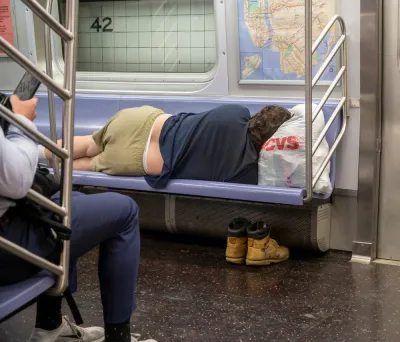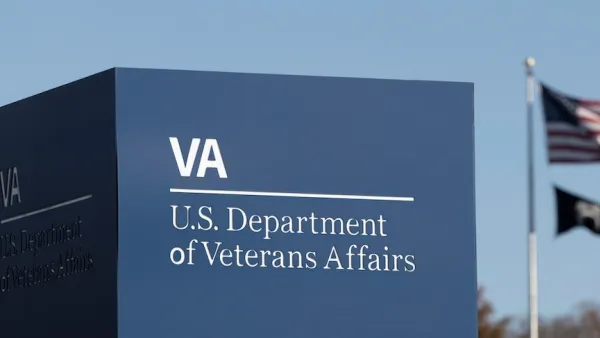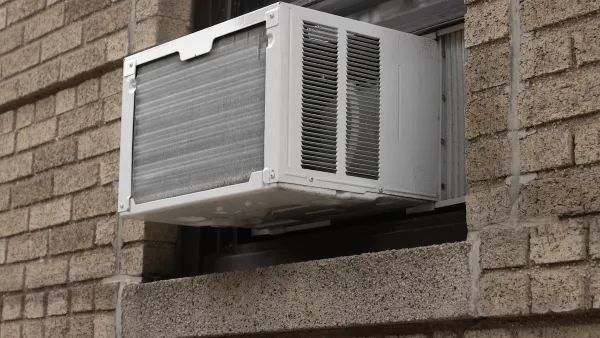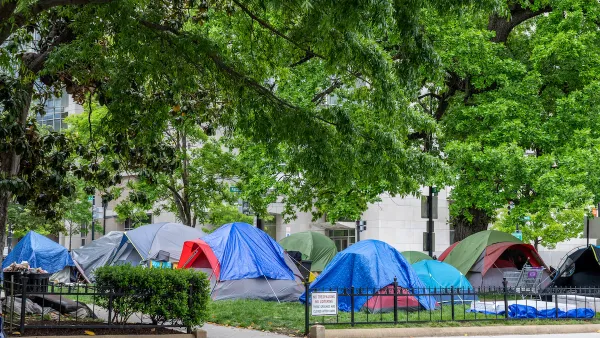Until recently, New York City's local housing vouchers only covered about $1,250 in rent; the median rent on a NYC apartment is $2,600. Activism from current and formerly homeless New Yorkers helped change that.

Milton Perez has spent years in New York’s shelter system, often sleeping in dormitory-style rooms with up to 20 other people and just three or four feet of space on either side of his bed. Last May, as part of the city’s emergency response to the Covid-19 pandemic, he moved into a hotel in Brownsville, a neighborhood in Brooklyn, where he now has one roommate and quite a bit more space. Then in June, he secured a housing voucher through a program called CityFHEPS, short for Family Homelessness and Eviction Prevention Supplement.
Theoretically that voucher would allow him to find an apartment on the private market. But the maximum rent it covers is so limited — $1,265 a month for a single person — that Perez has been unable to put the voucher to use. The median rent in New York is $2,600, according to StreetEasy; the only apartments that rent for as low as $1,265 a month are the ones that developers of new buildings are required to set aside for low-income tenants, Perez says, and those units are still scarce. In fact, according to a report in City Limits, only 4-5% of voucher recipients are able to secure an apartment.
“If you’re lucky enough to find a low-income [unit], you won the lottery,” Perez says.
Last year, Perez began working with the group VOCAL-NY on a campaign to get the city to raise the amount of rent that the CityFHEPS program would cover. VOCAL-NY and a coalition of housing and homelessness groups pushed to get the city to match the subsidies in the federal Section 8 voucher program, which covers up to $1,945 a month for a single person in New York. New York Mayor Bill de Blasio reportedly said he wouldn’t support the effort until the state committed to raising the limits on its own version of the vouchers, which have separate eligibility requirements. But advocates say they’ve had a veto-proof majority of the city council in support of the bill for months. And in May, the council finally voted to approve the bill, known as Intro 146, by a vote of 46-2.
FULL STORY: Homeless New Yorkers Lead a Push for Better Rental Vouchers

National Parks Layoffs Will Cause Communities to Lose Billions
Thousands of essential park workers were laid off this week, just before the busy spring break season.

Retro-silient?: America’s First “Eco-burb,” The Woodlands Turns 50
A master-planned community north of Houston offers lessons on green infrastructure and resilient design, but falls short of its founder’s lofty affordability and walkability goals.

Delivering for America Plan Will Downgrade Mail Service in at Least 49.5 Percent of Zip Codes
Republican and Democrat lawmakers criticize the plan for its disproportionate negative impact on rural communities.

Test News Post 1
This is a summary

Test News Headline 46
Test for the image on the front page.

Balancing Bombs and Butterflies: How the National Guard Protects a Rare Species
The National Guard at Fort Indiantown Gap uses GIS technology and land management strategies to balance military training with conservation efforts, ensuring the survival of the rare eastern regal fritillary butterfly.
Urban Design for Planners 1: Software Tools
This six-course series explores essential urban design concepts using open source software and equips planners with the tools they need to participate fully in the urban design process.
Planning for Universal Design
Learn the tools for implementing Universal Design in planning regulations.
EMC Planning Group, Inc.
Planetizen
Planetizen
Mpact (formerly Rail~Volution)
Great Falls Development Authority, Inc.
HUDs Office of Policy Development and Research
NYU Wagner Graduate School of Public Service





























